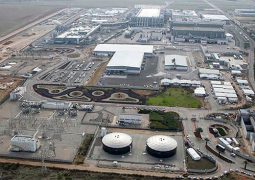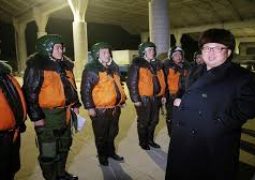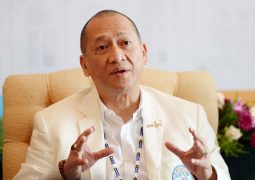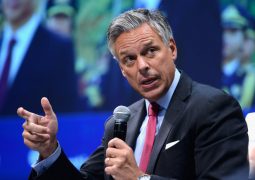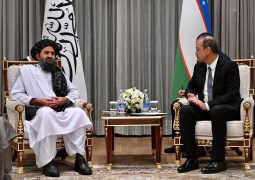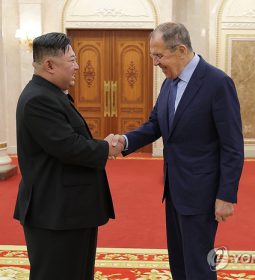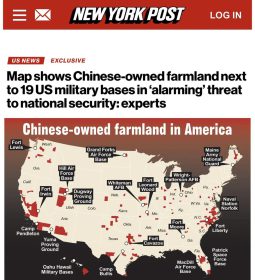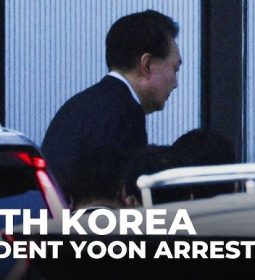The Changing Face of North Kore
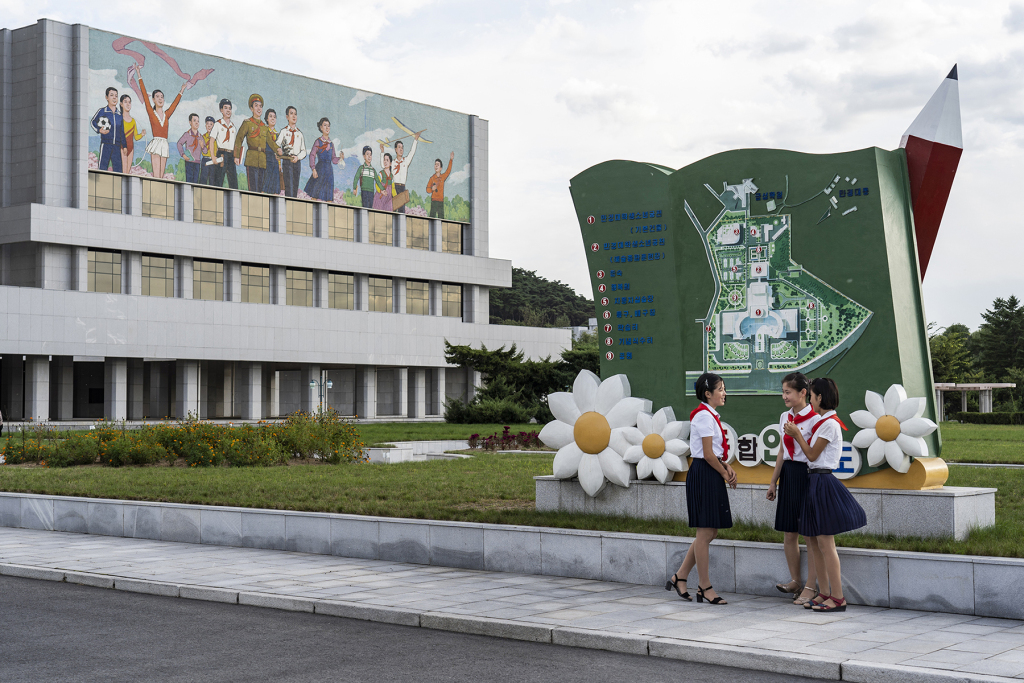
FEBRUARY 26, 2019
Tariq Zaidi
Change seems to be coming quickly and all at once for North Korea. This is most visible as the country moves toward peace and rapprochement with South Korea and the United States. However, the most significant developments are occurring within the country at a pace never before seen. Kim Jong Un has shifted the focus of the government from national security to economic development.
In a declaration in April 2018, Kim proclaimed a “new strategic line” for the ruling Workers’ Party, heralding an age of “socialist economic construction.” The greatest change has occurred in Pyongyang, where the country’s famous Mass Games were held in September 2018 after a five-year break. As foreign tourists and media entered the city, repeat visitors pointed out how the city itself had been given a face-lift, with gray Brutalist buildings now painted bright colors.
New shopping malls, water parks, cultural centers, and sports facilities have altered life for the city’s residents, creating a nascent consumer culture fueled by the country’s growing donju (moneyed class). Construction work is strikingly quick. Mirae Scientists Street, a residential area for North Korea’s scientists—which features a 53-story high-rise and 2,500 apartments along with tennis courts, schools, and shopping centers—was built in under a year.



The impact is deep in a country where the state largely runs the economy. The outcome is noticeable. New airports, particularly in Pyongyang and Wonsan (the city in the heart of the proposed tourist area on the east coast), have been built in an ultramodern style, with duty-free shops and restaurants. Kim is hoping for 2 million tourist arrivals by 2020 and is quickly developing tourist facilities, such as winter resorts, five-star hotels, and white-sand beaches.
In many ways, North Korea is now joining the rest of the world community. This was seen most symbolically in April 2018, when Kim declared that the country would change its time zone from “Pyongyang Time” back to the time zone of South Korea and Japan. But this is happening in more everyday ways too, and it is directly affecting the lives of North Koreans. For instance, fashion has recently become a meaningful terrain of self-expression. Here, too, change is coming from both the people—through incomes that continue to rise despite sanctions—and the leadership; Kim’s wife, Ri Sol Ju, is seen as a fashion icon for women. Kim’s love for sports has meant much state investment into sports infrastructure and training and more recognition for successful athletes.


During South Korean President Moon Jae-in’s unprecedented trip to the North in September, the two countries announced plans to launch a bid to jointly host the 2032 Summer Olympics. Entertainment in the country, traditionally conservative and reserved for the elites, has also opened up. Moranbong Band, an all-female music group, first made its debut in 2012 and has toured both within and outside the country.
As a result, the country is slowly losing its “Hermit Kingdom” moniker, but it is unclear what kind of impact this will have in the long run. The changes that are occurring are largely in Pyongyang, and the majority of state investment is focused there. It will take time for the rest of the country, particularly the rural north, to catch up.


Not many outsiders get a chance to visit North Korea. For those who make it inside the North’s borders, photography is highly restricted and controlled. The photographer Tariq Zaidi traveled across eight of the country’s nine provinces—from Dandong on the Chinese border in the north to the Demilitarized Zone in the south, across the country from Pyongyang to Wonsan on the east coast, and north toward Chongjin and Hoeryong near the Chinese-Russian border—to take a closer look at this country. Here are just a few images (that were not deleted by his North Korean minders and guides) showing a glimpse of what one rarely sees of North Korean life.
- Previous Will China-US trade war to be continued and how will impact the world? American businesses in China see gloomy year ahead
- Next Malaysia Posts First Deflation in Over 9 Years: The deflation monster – Opinion



